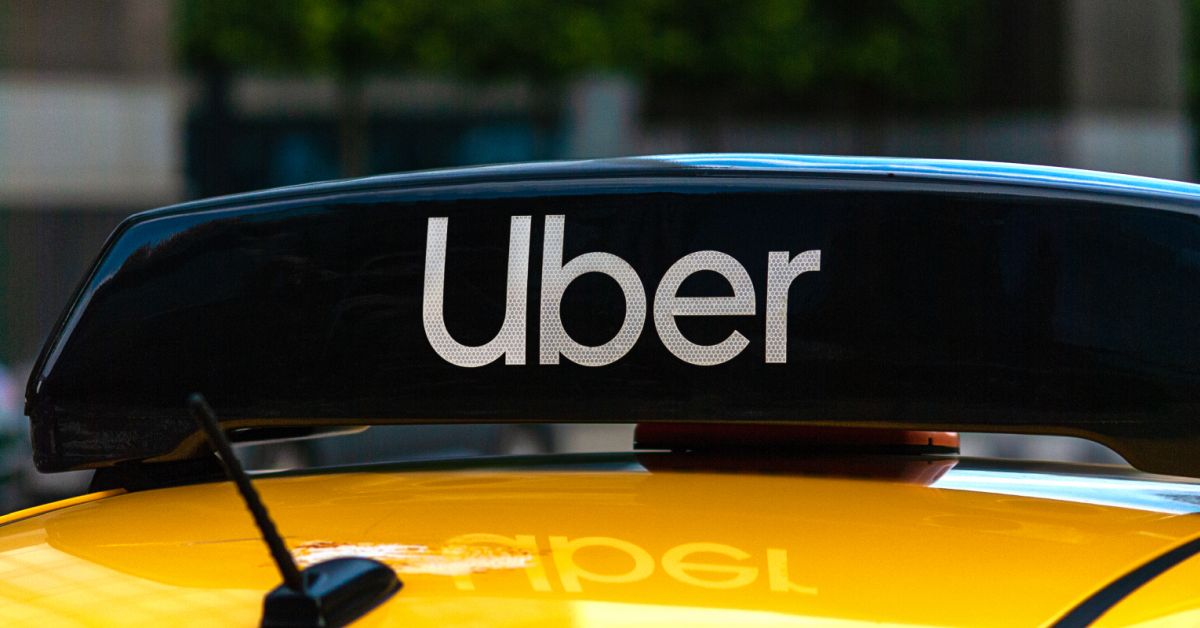I have no doubt that India will be a high-growth market, which will also be profitable: Pradeep Parameswaran, regional general manager, APAC, Uber
Uber is banking on India’s increasing demand and low proliferation of ride-hailing services
The ride-hailing major reported a cash-flow positive quarter for the first time since its founding in 2009
Ride-hailing major Uber is set for its India business to become a fast-growing and profitable one soon, according to Pradeep Parameswaran, regional general manager for Asia-Pacific.
“Our unit economics has improved dramatically in the last three-four years. I feel very good about where we are on that journey, and over time, I have no doubt that India will be a high-growth market, which will also be profitable,” he said at a media conference in Sydney last week.
Talking about a path to profitability, the regional general manager said that while there is no timeline for being profitable in India, it is not too far away either.
India only has about 0.3% ride-hailing penetration according to Parameswaran. For instance, the US has around 10 times more penetration than India. Uber is banking on India’s increasing demand and low proliferation of ride-hailing services.
For Uber, the June quarter was the first time it reported a cash-flow positive quarter since its founding in 2009. Uber reported $8.07 Bn in total revenue for the June quarter globally, while it does not report country-wise figures.
Uber’s Big India Question
Parameswaran dismissed media reports about exiting India or merging with Ola, its biggest competitor in India in the ride-hailing space. Uber is looking at India as a long-term investment.
A Public First report, commissioned by Uber, showed that the ride-hailing platform created a consumer surplus of INR 1.5 Lakh Cr in 2021. During the same year, earnings for driver-partners and indirect effects created a further INR 44,600 Cr in economic value in the country.
According to Parameswaran, Uber’s primary concerns are expanding the modes of transport and improving the service quality. The company has seen a decline in both the metrics owing to a shortage of drivers and rising fuel prices.
Uber further noted that its two-wheeler and three-wheeler mobility segments, Uber Moto and Uber Auto, are the fastest-growing segments in the country. However, regulatory challenges have muted Uber’s expansion into these segments.
Mike Orgill, senior director, public policy and government relations, APAC at Uber, said at the same media interaction, “On three-wheelers, some states are outright saying that your licence doesn’t apply. So, we’re stuck in bureaucratic knots, which are inefficient.”
Uber has also ‘encouraged’ the Indian government to open up the ride-hailing space to everyone so that more drivers can join the platform.
According to Orgill, the US-based ride-hailing major has asked the government to allow people to drive cars on mobility platforms without commercial licences if they meet the safety requirements and pay taxes.
“We want outcome-focused regulation so that if we start to see better ways to do things with technology, we’re happy for the government to take a look at it and figure out if it’s good or not,” Orgill said.










